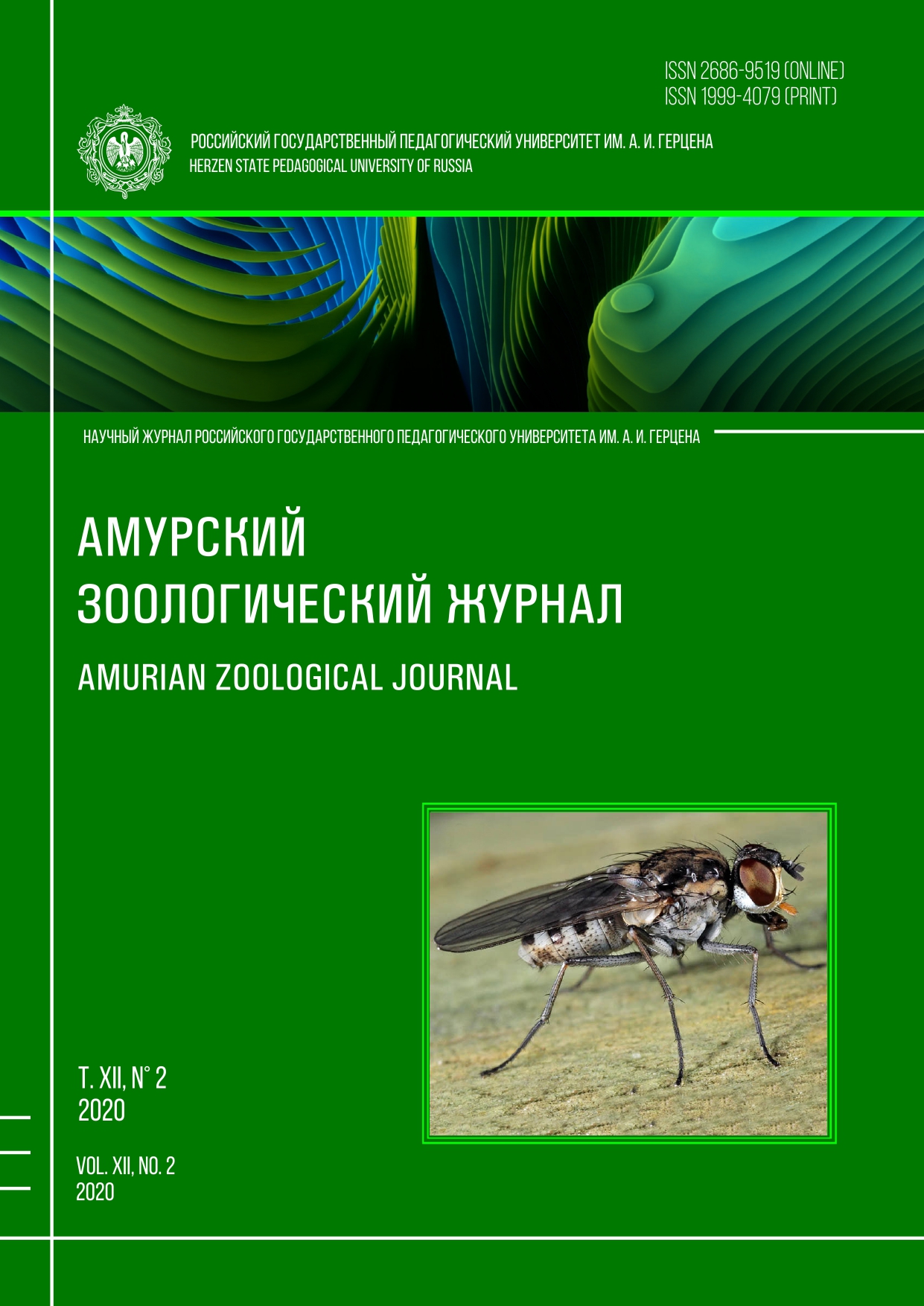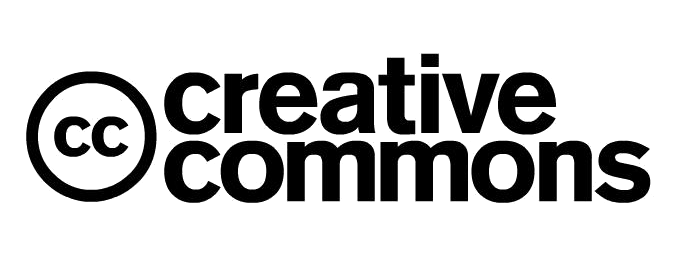A comparative analysis of freshwater testate amoebae species composition between the south-eastern part of Azerbaijan and other regions of Azerbaijan
DOI:
https://doi.org/10.33910/2686-9519-2020-12-2-189-200Keywords:
south-eastern Azerbaijan, testate amoebae, cluster analysis, freshwaterAbstract
A study of freshwater testate amoebae fauna of the Lankaran natural area of Azerbaijan was conducted from 2013 to 2018, revealing 126 testacean species belonging to 11 families. Long-term research in south-eastern regions of Azerbaijan demonstrated that the genus Difflugia dominated in all investigated freshwater reservoirs with high species diversity. Our study aimed to identify and analyze the degree of similarity in species composition of testate amoebae fauna in various investigated regions of Lankaran natural area, as well as between Lankaran and other regions of Azerbaijan. The cluster analysis and the Czekanowski index were used to compare species composition, yielding consistent results. Our analysis indicated the highest similarity between the species composition of the Lankaran region and Northern Azerbaijan. The Czekanowski index for these regions was also high (35.96 %). The analysis showed that there are 3 clusters of similarity of testate amoebae communities. One of them encompasses 2 regions (56.17 %) of Azerbaijan (south-eastern and north-eastern parts), the second combines these two points with the Absheron peninsula (52.98 %). And the third cluster covers the western region and the remaining 3 points (42.9 %).
References
Alekperov, I., Asadullaeva, E., Zaidov, T. (1997) Metody sbora i izucheniya svobodnozhivushchikh infuzorij i rakovinnykh ameb [Collection methods and study of free-living ciliates and testate amoebae]. Saint Petersburg: Sajgon Publ., pp. 1–51. (In Russian)
Alekperov, I. Kh., Snegovaya, N. Yu. (2000) The fauna of testate amoebae (Protozoa, Rhizopoda, Testacea) in freshwater basins of Apsheron peninsula. Protistology, vol. 1, no. 4, pp. 135–147. (In English)
Bray, R. J., Curtis, J. T. (1957) An ordination of the upland forest communities of Southern Wisconsin. Ecological Monographs, vol. 27, no. 4, pp. 325–349. DOI: 10.2307/1942268 (In English)
Czekanowski, J. (1913) Zarys metod statystycznych: w zastosowaniu do antropologii [Outline of statistical methods in relation to anthropology]. Warsaw: Nakł. Towarzystwa Naukowego Warszawskiego, IV, 228 p. (Prace Towarzystwa Naukowego Warszawskiego. 3. Wydział Nauk Matematycznych i Przyrodniczych [Works of Warsaw Scientific Society. 3. Department of Mathematical and Natural Sciences]. No. 5). (In Polish)
Snegovaya, N., Alekperov, I. (2005) Fauna of testate amoeba of the western Azerbaijan rivers. Protistology, vol. 4, no. 2, pp. 149–183. (In English)
Snegovaya, N. Yu., Alekperov, I. Kh. (2009) New testate amoebae (Protozoa, Testacea) from the northern-east Azerbaijan inland water bodies. Protistology, vol. 6, no. 2, pp. 111–125. (In English)
Snegovaya, N. Yu., Tahirova, E. N. (2015) A new species of testate amoebae of the genus Difflugia from the freshwaters of Azerbaijan (Rhizopoda, Testacea, Difflugiidae). Vestnik zoologii, vol. 49, no. 2, pp. 99–104. DOI: 10.1515/vzoo-2015-0010 (In English)
Snegovaya, N. Yu., Tahirova, E. N. (2018) The new and rare species of the testate amoebae (Amoebozoa: Arcellinida) from mountain lakes of Azerbaijan. Protistology, vol. 12, no. 1, pp. 38–46. DOI: 10.21685/1680-0826-2018-12-1-3 (In English)
Tahirova, E. (2018) The fauna of testate amoebae in freshwater basins of Jalilabad and Yardimli districts in the Lankaran natural area (Rhizopoda, Testacea). Proceedings ANAS Biological and Medical Sciences, vol. 73, no. 1, pp. 98–103. (In English)
Downloads
Published
Issue
Section
License
The work is provided under the terms of the Public Offer and of Creative Commons public license Creative Commons Attribution 4.0 International (CC BY 4.0).
This license permits an unlimited number of users to copy and redistribute the material in any medium or format, and to remix, transform, and build upon the material for any purpose, including commercial use.
This license retains copyright for the authors but allows others to freely distribute, use, and adapt the work, on the mandatory condition that appropriate credit is given. Users must provide a correct link to the original publication in our journal, cite the authors' names, and indicate if any changes were made.
Copyright remains with the authors. The CC BY 4.0 license does not transfer rights to third parties but rather grants users prior permission for use, provided the attribution condition is met. Any use of the work will be governed by the terms of this license.







